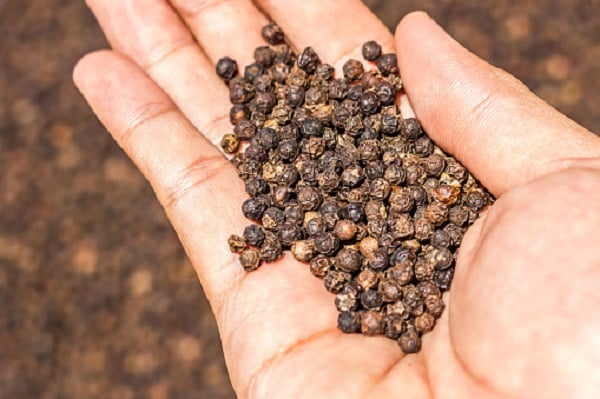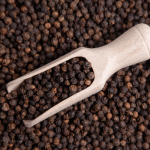A Boon for Indian Exporters and Challenge for Importers
In the ever-fluctuating world of agricultural commodities, a notable trend has emerged that has significant implications for the pepper industry, particularly within India. The recent upswing in global pepper prices presents a unique opportunity for Indian growers and could potentially reshape the import-export dynamics of the industry. As these developments unfold, understanding the impact on both domestic and international markets becomes crucial for stakeholders.
The Impact of Global Price Trends on Indian Pepper
The global pepper market has witnessed a bullish trend, with prices climbing significantly over the past year. This surge from approximately $3,300 to $4,400 per ton on the international stage has effectively narrowed the price gap between imported and domestically produced pepper in India. Such a development is especially relevant when considering imports from Vietnam, one of India’s main competitors in the pepper market.
Domestic vs. Imported Pepper: A Price Comparison
According to industry experts, domestic pepper prices are currently in the range of $6,18-$6,24 USD per kilogram. In comparison, the landed cost of imported pepper from Vietnam, after including a customs duty of around 46%, is about $6,60 USD per kilogram. This price parity suggests a diminished incentive for importing pepper, steering the market towards utilizing domestically grown produce. Moreover, the positive trajectory of domestic prices hints at the potential for India to increase its pepper exports, especially given the anticipated higher yield from this year’s harvest.
Challenges and Opportunities in the Global Market
Globally, black pepper prices have been influenced by a decrease in production, attributed to unfavorable climatic conditions and a shift among farmers to other, more profitable crops. This reduction in supply, coupled with a dry spell in key producing countries, suggests a continuing upward trend in prices, albeit temporarily. Indian black pepper, renowned for its quality, commands a price of $6,500 per ton, underscoring the country’s competitive advantage in the global market.
Despite the overall positive outlook, the industry faces challenges, notably the Red Sea crisis, which has led to increased freight costs impacting India’s pepper exports, particularly to Gulf nations. Conversely, this situation has afforded Brazilian pepper an advantage in the US market due to direct sailing routes that bypass the Red Sea, offering less transit time.
In summary, the bullish trend in global pepper prices presents a nuanced landscape for the Indian pepper industry, with both opportunities for expansion and challenges to overcome. As the situation evolves, stakeholders will need to stay informed and agile to navigate the market effectively.











